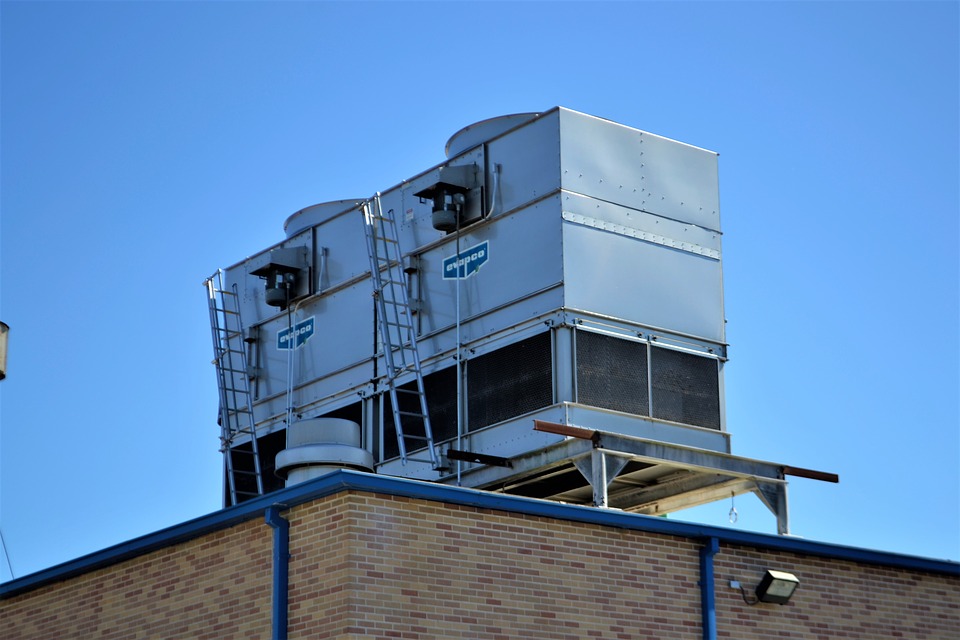In most cases, the presence of mold in your window air conditioner indicates that you may be experiencing some malfunction somewhere, either in the device itself or in your home. Mould is likely to show up due to humidity, so any area exposed to extreme moisture is at risk. Be careful and follow these tips to avoid getting mold into your HVAC Systems!
1) Don’t Stop the Air Conditioner
Many air conditioners have an “auto” mode used to achieve a specified temperature set point and maintain it in relation to the current room temperature when they are not actively cooling. Most people make the mistake of leaving the house with no airflow when on vacation and completely turn off the air conditioner. This only allows moisture to build up in the air with no circulation. Consequently, the temperature will naturally increase in the absence of a cooling system, especially in the hotter months. The hot, humid air creates the ideal conditions for mold and mildew. The simplest method to counteract this is to put the air conditioner on “auto” so that the air in your home circulates continuously, even when you’re away.
2) Dust Is an Enemy!
Dust also contributes to mold formation in and around your air conditioner, so dust removal is highly recommended. The most straightforward approach to doing this is by using a vacuum cleaner to extract the dirt from the air conditioner. It is a simple job, but it is extremely useful in preventing mildew from forming.
3) Keep the Humidity Under Control
The best thing you can do to prevent mildew is to buy an air conditioner with humidity control. This way, the air conditioner regulates the humidity level in the air, which automatically discourages mold formation.
4) Perform Regular Maintenance
Mould could appear in the internal parts of the air conditioner. Its dark, warm, and if not properly maintained, water may also be present, increasing the likelihood of mold. Mold inside or outside the air conditioner requires careful maintenance. Clean it regularly and remove any water or mildew that has already formed. Bear in mind that mold can develop quickly without warning if you don’t get regular checks done!
5) Perform More Thorough Maintenance if Necessary
While this is not as vital as regular maintenance, a more in-depth cleanse is an essential measure to prevent mold formation. From time to time, remove the metal cover from your air conditioner and look for the unit. Clean the engine as thoroughly as possible.
6) Controlled Ventilation Systems
The installation of a good ventilation system overshadows the need to ventilate the house manually. These systems work in different ways, but the goal is to let the internal stale airflow outside and replace it with fresh air. Some systems provide heat recovery, i.e., they allow a large part of the thermal energy present in a house’s internal air to be recovered and passed on to the fresh air supplied from outside. In this way, energy savings and, thus, heating costs are favored. Of course, these systems involve an initial charge for the purchase and installation and a minimum of maintenance.
Since fungal spores can be harmful to health, this phenomenon should be prevented in every way. Follow these six tips, and you should have no problems with mold. Disregard them, and you may require a professional to eliminate the extensive and dangerous mold growth. The choice is yours!
How do you tackle the formation of mold in your HVAC Systems? Share your tips with us in the comments below!

